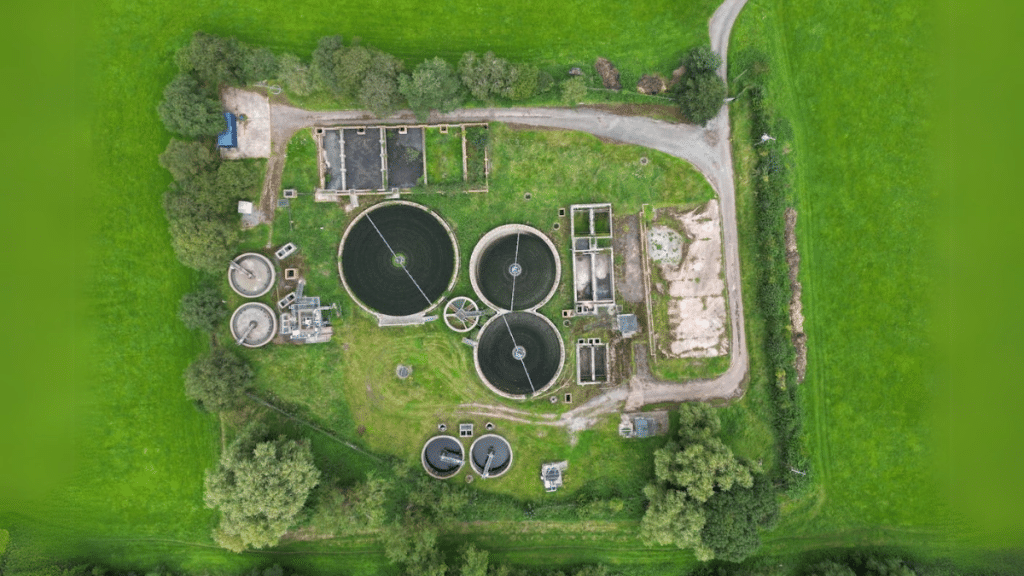Wastewater is no longer waste. It’s data, energy, and opportunity: if you’ve got the tech to see it.
Legacy treatment systems are cracking under modern demands. But smart sensors, AI diagnostics, decentralized microplants, and next-gen filtration are turning reactive utilities into predictive ecosystems.
Cleaner discharges, lower costs, real-time response, and even power generation: this is wastewater management reengineered for a world that can’t afford to fall behind.
Let’s break down the technologies that are transforming sludge into strategy. The old pipes are done – this is the upgrade.
Sensor Networks That Don’t Miss a Beat
Sensors are no longer passive tools. They’re becoming the eyes and ears of an intelligent wastewater infrastructure. Modern sensor networks go far beyond basic pH or flow readings.
These sensors now capture dozens of variables in real time, including nitrates, ammonia, COD, and perhaps most critically, Total Suspended Solids (TSS), which are a key indicator of water quality and system efficiency.
High-resolution optical and ultrasonic sensors are now being deployed at multiple stages throughout treatment facilities, not just at intake and discharge points. Their precision allows operators to catch anomalies immediately – like unexpected organic loads or filter breakdowns – before they spiral into costly violations or mechanical failures.
Analytics Engines That Think Like Operators
Data’s not useful until it’s actionable. That’s where real-time analytics steps in. Advanced algorithms are being used to process streams of sensor data and deliver insights that would have taken human teams hours, if not days, to uncover.
These platforms can flag trends – like rising TSS levels or increasing aeration demands – and recommend interventions on the spot. Some even integrate predictive modeling to identify when equipment will need maintenance or when surges in influence may require process adjustments.
Companies are blending SCADA systems with machine learning engines to close the loop between monitoring and response. Four benefits from these integrated systems stand out:
- Shortened response times to fluctuations in influent quality
- Optimized chemical dosing and aeration, which slashes energy use
- Improved regulatory compliance through constant monitoring
- Historical performance modeling that supports strategic upgrades
Real-time analytics turns data overload into operational intelligence, freeing up plant operators to focus on optimization rather than firefighting.
Biological Treatment Meets Biotech
While membranes and machines get the spotlight, the microbes powering biological treatment are also seeing a revolution. Engineered bioaugmentation solutions are being tailored to specific waste profiles, from industrial effluent to municipal sludge.
These specialized microbial blends outperform conventional activated sludge in breaking down complex organics and reducing TSS concentrations.
Several companies are using genomics to map microbial populations. This level of biological tuning allows plants to build more resilient microbial communities that can self-regulate in response to stressors like:
- Temperature shifts
- pH swings
- Toxic spikes
Membrane Filtration That Outperforms Expectations
Advanced filtration systems have made a quantum leap, particularly in terms of fouling resistance and energy efficiency. New materials like graphene composites and ceramic membranes are replacing traditional polymer-based setups. They’re durable, more chemically tolerant, and capable of finer separations.
Innovations like air-scour cleaning, crossflow configurations, and surface coatings are also reducing maintenance intervals. More importantly, they’re maintaining performance under tough conditions, like high TSS loading or oily wastewater.
Membrane bioreactors are now being integrated with AI-based control systems to auto-adjust flow rates and cleaning cycles.
Decentralized Systems with Central Intelligence
One of the more intriguing shifts in the industry is toward decentralized wastewater systems. Rather than sending everything to a central facility, treatment is happening closer to the source.
What makes this viable now is the ability to remotely monitor and manage dozens or even hundreds of micro-systems from a centralized dashboard. Operators can scale efficiently without sacrificing visibility.
When paired with AI oversight, decentralized networks offer four major advantages:
- Resilience against system-wide failures
- Localized control over TSS and nutrient levels
Reduction in transport and infrastructure costs - Scalability for expanding communities or industries
The Next Frontier: Autonomous Optimization
We’re moving toward wastewater systems that not only sense and analyze but also self-optimize without waiting for human input.
In a world where water is finite and compliance is non-negotiable, these technologies aren’t optional upgrades. They’re the new foundation for a system that can keep up with a rapidly changing world.
